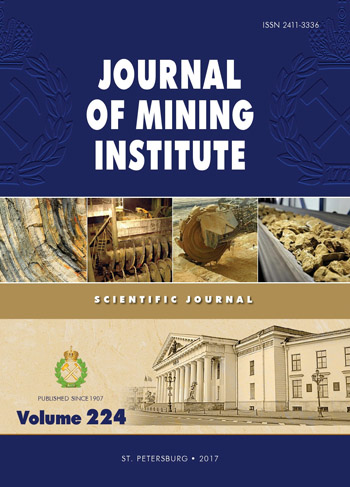HYDRO-IMP technology for upgrading of heavy petroleum
- Ph.D., Dr.Sci. head of the project National Polytechnic Institute, Mexican Petroleum Institute
Abstract
Hydroprocessing is one of the most important processes in petroleum refining industry, not only for upgrading of heavy oils but also for producing low-impurity content fuels and preparing feeds for various conversion processes. Experimental results obtained in pilot plant and semi-commercial scales for hydroprocessing of heavy oils are reported in this work. Mexican heavy crude oils (10, 13 and 16°API) with high amount of impurities were used for all tests. Hydroprocessing was conducted at moderate reaction severity in two fixed-bed reactors in series. Removals of sulfur, metals and asphaltenes, as well as changes of API gravity and viscosity were monitored at different reaction conditions with time-on-stream. Upgraded oils with reduced amounts of impurities and increased API were obtained, keeping sediment formation below maximum allowable content. Removal of impurities was higher in semi-commercial scale compared with pilot plant test. Have been proved that the heavier the feed the greater the gain in product quality. For instance, 10°API crude can increase its gravity up to ~22°API (Δ°API = 12), while 16°API crude increases its gravity up to ~25°API (Δ°API = 9). Sediment formation was also kept below 0.05 wt % and no other problems (excessive reactor delta-P, plugging, etc.) were observed during the test.
